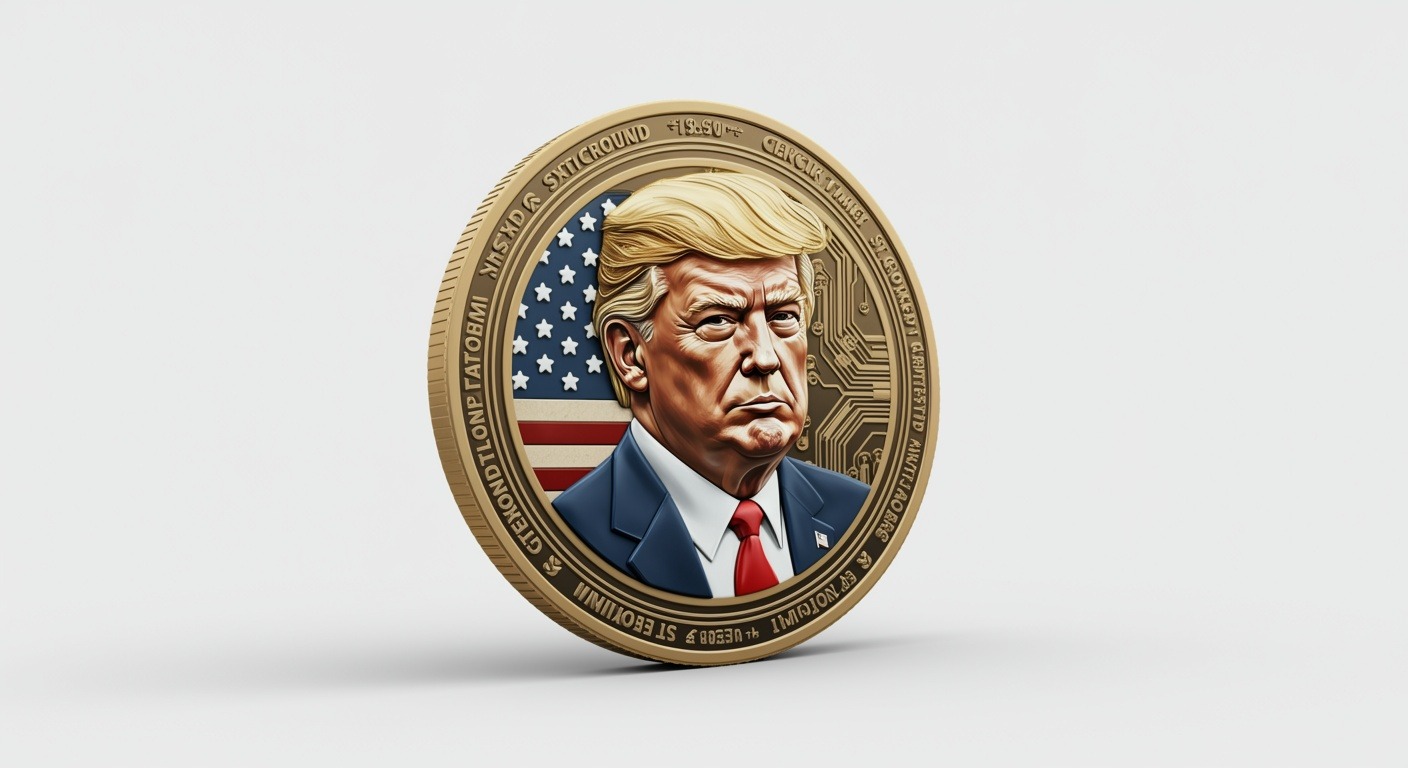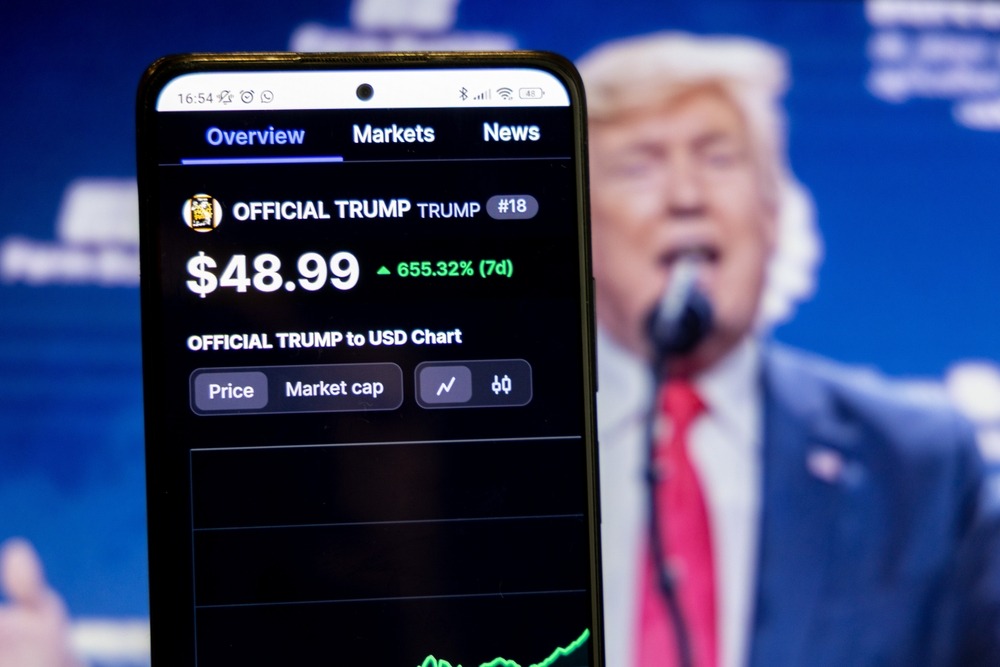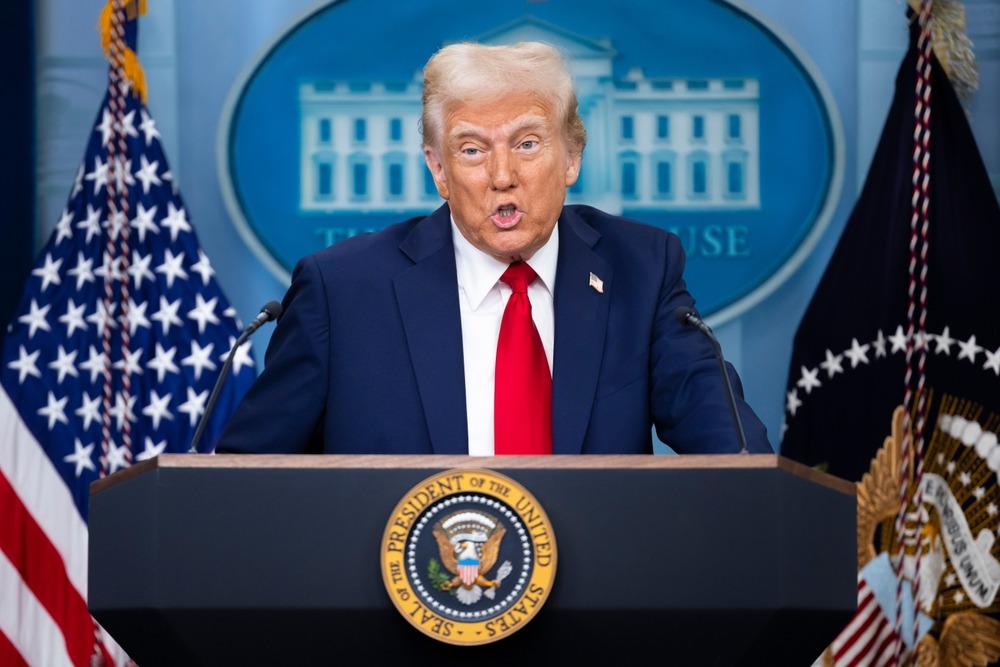Donald Trump is shaking up retirement savings by pushing to unleash crypto and alternative investments in 401(k) plans like never before.
In a move set to reshape the landscape of American retirement investing, US President Donald Trump has directed regulators to explore ways to make it easier for everyday workers to include cryptocurrencies, private equity, property, gold, and other non-traditional assets within their workplace retirement plans, known as 401(k)s.
This initiative aims to democratise access to alternative investments that have traditionally been available only to wealthy individuals and institutions, potentially unlocking new pools of capital for sectors that have remained largely untapped. According to the detailed coverage by the BBC News on this development, Trump’s directive signals a significant shift in US retirement policy with wide-reaching implications for savers and the financial industry alike.
What Trump’s Order Means for 401(k) Investors
US retirement accounts have long been dominated by conventional asset classes such as stocks, bonds, and mutual funds. Unlike many developed countries, the US does not typically provide traditional pension plans with guaranteed payouts. Instead, the bulk of retirement savings is accumulated through employer-sponsored 401(k) plans, where employees contribute a portion of their salary into investment funds, often matched by their employers. Historically, regulatory frameworks have emphasised risk control and transparency, prompting many employers to avoid alternative assets that tend to carry higher fees, less liquidity, and fewer disclosure requirements.
Trump’s executive order mandates the Department of Labor (DOL) to review existing regulations that might discourage the inclusion of cryptocurrencies and other alternative investments in these accounts. Experts agree that any changes from this review are unlikely to take immediate effect, as the process could take up to 180 days or longer.
Nevertheless, the announcement has accelerated momentum within the investment management sector, with giants like State Street and Vanguard announcing partnerships with alternative asset managers such as Apollo Global and Blackstone to begin offering private-equity focused funds within retirement portfolios. The order opens the door to a $12 trillion defined contribution market held by around 90 million Americans, marking one of the most sweeping policy shifts in retirement investing in recent years, as outlined by The Guardian.

A conceptual cryptocurrency coin bearing Donald Trump’s likeness, symbolizing his push to integrate crypto into retirement accounts.
Balancing Innovation with Investor Protection
While the move opens up exciting possibilities for portfolio diversification and potential growth, it also raises concerns among consumer advocates and financial experts. Cryptocurrencies and private equity investments are typically more volatile and less liquid than traditional assets, increasing the risk profile for retirement savers who rely on these funds for long-term financial security. The Department of Labor itself pulled back on cautious guidance regarding crypto investments in 2022, reflecting the delicate balance regulators seek to maintain between innovation and investor protection.
Critics argue that including complex asset classes in retirement accounts without robust safeguards could expose vulnerable investors to significant losses. Meanwhile, proponents highlight that expanding access could help ordinary Americans build wealth by participating in investment opportunities that were once restricted to elite investors. This debate continues as regulators weigh the costs and benefits of opening the door wider for alternative assets. The Financial Times notes the significant opportunity for private equity and real estate firms that could see new inflows from retirement savings, though it stresses that careful oversight is needed to protect savers.
Historical Context: Previous Policy Shifts
Trump’s order is not the first time US retirement policy has moved towards greater inclusion of alternative investments. During his first term, the Department of Labor issued guidance encouraging retirement plans to consider private equity funds, but the uptake was limited amid fears of litigation and regulatory uncertainty. That guidance was later revoked during the Biden administration amid growing concerns about the complexity and risks of private equity for average savers.
More recently, in May, the Department of Labor rescinded 2022 guidance that urged firms to exercise “extreme care” when adding cryptocurrencies to retirement plans, signaling a regulatory softening on digital assets. Trump’s latest directive represents a further step toward relaxing restrictions and encouraging innovation in retirement savings options, though with continued calls for caution from consumer advocates and policymakers alike.

A phone screen shows the stock performance of a Trump-themed cryptocurrency coin, with Donald Trump pictured in the background, highlighting his influence on crypto investments.
Industry Response and Future Outlook
The response from the financial industry has been cautiously optimistic. Investment firms specialising in alternative assets are preparing to capitalise on potential new demand, while traditional asset managers are forming strategic partnerships to broaden their product offerings. However, regulatory clarity remains a key factor in how quickly and broadly these changes will impact retirement portfolios.
Barron’s highlights how this executive order is prompting a reconsideration of fiduciary responsibilities around 401(k) investment menus. While the opportunity for higher returns exists, challenges remain regarding fees, liquidity, and whether there will be sufficient demand among everyday savers.
For retirement savers, this shift could offer more choice and the chance to participate in emerging sectors such as cryptocurrencies and real estate investment trusts (REITs). Yet, the risks associated with these assets mean that financial education and transparent disclosures will be crucial to ensure investors fully understand the implications for their retirement goals.
Frequently Asked Questions
How soon could changes allowing crypto in 401(k) plans take effect?
The Department of Labor has 180 days to review the relevant rules following Trump’s directive. Any regulatory changes would likely take additional time to implement, meaning savers are unlikely to see immediate access to cryptocurrencies or other alternatives in retirement plans.
What are the risks of including alternative assets like crypto in retirement accounts?
Cryptocurrencies and private equity investments tend to be more volatile, less liquid, and subject to higher fees and fewer disclosure requirements compared to traditional stocks and bonds. This could increase the risk of significant losses for retirement savers who may rely heavily on these accounts.
Why have employers been hesitant to offer alternative investments before?
Employers and plan fiduciaries have historically avoided alternative assets due to concerns about regulatory scrutiny, litigation risk, and the complexity of managing investments with higher fees and less transparency. Regulatory frameworks have traditionally emphasised protecting savers from excessive risk.
What impact could this policy shift have on everyday American workers?
If implemented thoughtfully, allowing access to alternative assets could provide new opportunities for diversification and potentially higher returns. However, without strong investor education and safeguards, it could also expose less sophisticated investors to risks they may not fully understand.
Conclusion: A New Chapter for Retirement Investing — But Caution is Key
Donald Trump’s push to expand retirement account investment options to include cryptocurrencies and alternative assets is a bold move that could transform how millions of Americans save for retirement. While the promise of broader access to high-growth investments is enticing, it comes with undeniable risks that regulators, employers, and investors must carefully navigate. As the Department of Labor embarks on its review, the future of 401(k) plans hangs in the balance—poised between innovation and protection. What happens next will shape retirement savings strategy for years to come.














